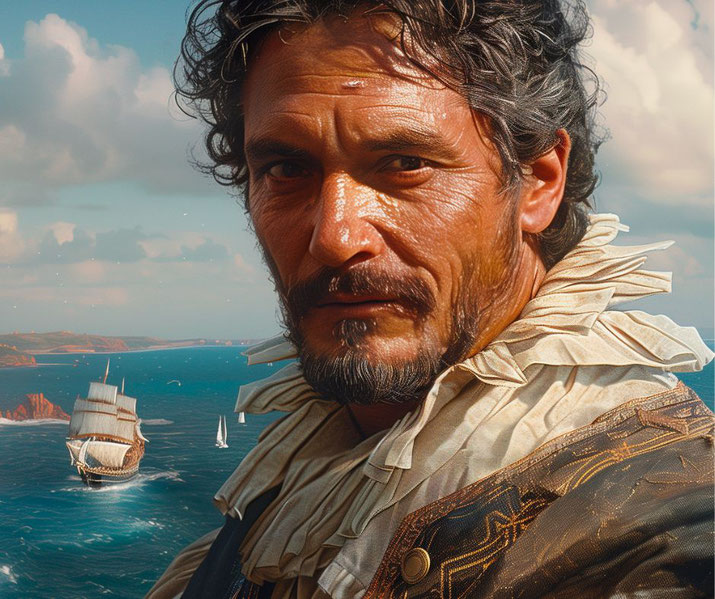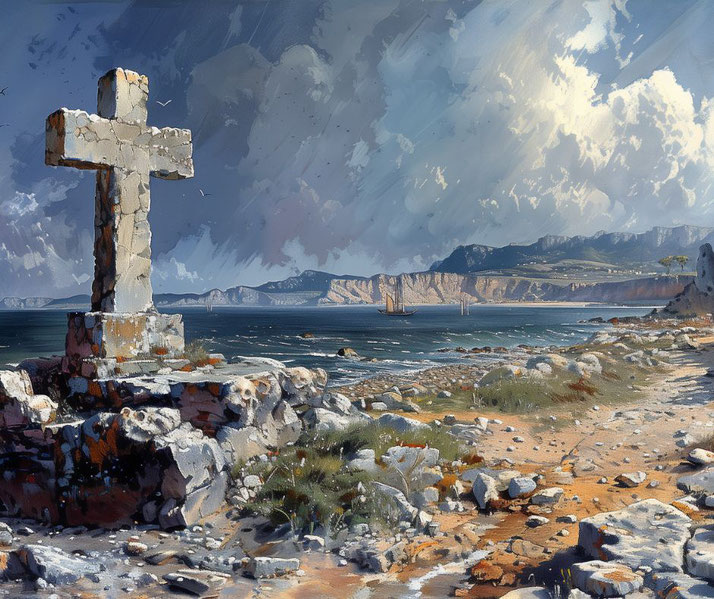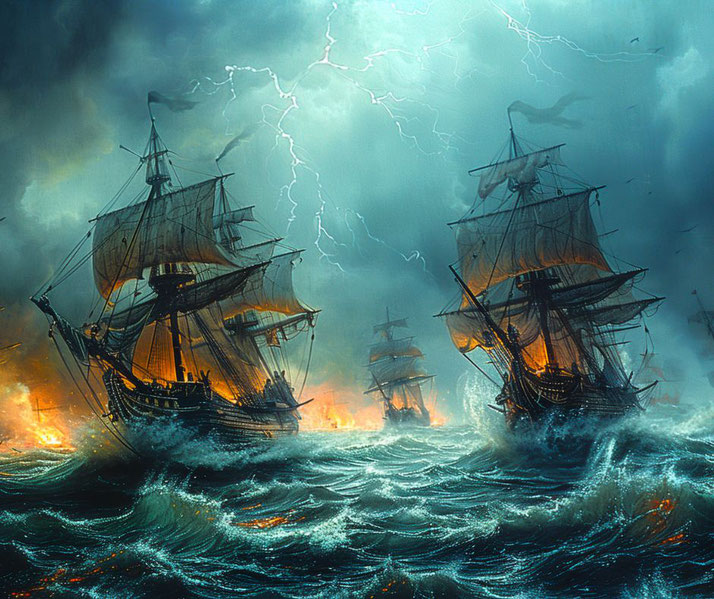Who was Bartolomeu Dias?

Bartolomeu Dias is famous for achieving something that no one had done before: sailing around the southern tip of Africa from Europe in 1488.
This opened up a lucrative new trade route to India.
Background
Bartolomeu Dias was born in 1450 at a town near Lisbon in Portugal. His family was of noble blood, but there is little historical record of his early life.
We know that by the time he was in his mid-thirties, Dias was employed by the Portuguese crown, under King John II, as a supervisor of storehouses.
At this point in history, the kingdom of Portugal was a growing naval power, and a previous Portuguese royal figure, Prince Henry the Navigator, had invested a lot of money trying to expand its trade routes, particularly to India and Asia.
Most trade with India had to travel through the Middle East, where local Muslim kingdoms charged high taxes to anyone passing through their lands.
From 1420, Prince Henry had paid for Portuguese explorers to travel south along the west coast of Africa to find a sea-route to India, but none had yet found a way to do so.
Dias seems to have taken an interest in travelling and was part of a journey taken by Diogo de Azambuja in 1481, which traveled down to the Gulf of Guinea on the west coast of Africa.
In the same year, King John II of Portugal sent new expeditions out to find a trade route around the south of Africa.
One of the first to attempt this was Diogo Cao, who reached the coast of Angola, where he planted a marker to remember the location.
He then reached Namibia and set up another marker at Cape Cross. Then, Cao disappeared.
It is still not clear what happened to his ship.

Dias' next voyages
In October of 1486, Dias was appointed to lead a new expedition by King John II, but it took Dias a year to gather the necessary men and provisions for the journey.
Bartolomeu Dias' fleet of three ships finally left Lisbon in August 1487 and sailed down the coast of west Africa.
On the way, he found the markers left by Cao, reaching Elizabeth Bay in Namibia on Boxing Day (December 26).
A series of storms in early 1488 drove Dias south and Dias sailed away from the coast, into the open ocean.
After a few days, he changed course again and, on the 3rd of February, he reached Mossel Bay in South Africa.
At this point, Dias had successfully sailed around the southern tip of Africa.
Still pressing on, Dias rounded the cape and landed at a second rocky cape, which he named Angra de São Brás, which means 'Bay of Saint Blaise'.
After a brief military clash with local inhabitants, Dias sailed on and reached Algoa Bay on March 12, where he constructed a large stone cross as a marker.
However, by this stage, his supplies were running low, and his crew did not want to go on.
So, Dias turned back for Portugal.
Dias' ships arrived back at Lisbon in December 1488. When King John II heard reports of the journey, he was pleased with the progress, but was upset that Dias has failed to reach India, as instructed.
It would be another nine years before Dias attempted the journey again

Dias' final voyages
In 1497, Dias acted as an adviser to the next great Portuguese explorer, Vasco da Gama.
Ultimately, da Gama would reach India, but Dias only travelled as far as the Cape Verde Islands, where he decided to leave the fleet.
Dias made two more journeys, but there are not many details about them. His final expedition occurred in 1500, when Dias joined the fleet of Pedro Alvarez Cabral which was headed for India.
This fleet reached Brazil on the 22nd of April 1500 before continuing east to India.
However, Dias' ship was caught in a storm in May 1500 near the Cape of Good Hope.
It sank in the storm and Dias went down with it.

What do you need help with?
Download ready-to-use digital learning resources
Copyright © History Skills 2014-2025.
Contact via email
With the exception of links to external sites, some historical sources and extracts from specific publications, all content on this website is copyrighted by History Skills. This content may not be copied, republished or redistributed without written permission from the website creator. Please use the Contact page to obtain relevant permission.





